#Traditional folk
Text
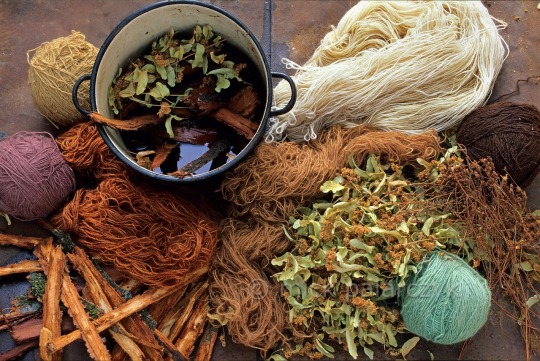
In Botiza women use pigments extracted from plants, flowers and bark to colour their wool. Preferably the pigments of summer flowers are used, because the spring-pigments contain to much water - Mick Palarczyk
#romania#rural romania#traditionalism#wool#wool carpet#coloring#plants#flowers#bark#textile art#traditional folk#folk art#folk culture#natural#pigments#eastern europe#europe#tradition#ancestors
2K notes
·
View notes
Text
Song of the day
(do you want the history of your favorite folk song? dm me or submit an ask, and I'll do a full rundown like here)
youtube
"Bread and Roses"
Judy Collins, 1976
since its labor day i thought we could talk about some good ol' IWW labor history
in 1911, Helen Todd gave a speech about women's suffrage and ended it
"Not at once; but woman is the mothering element in the world and her vote will go toward helping forward the time when life's Bread, which is home, shelter and security, and the Roses of life, music, education, nature and books, shall be the heritage of every child that is born in the country, in the government of which she has a voice."
James Oppenheim, inspired by this speech, created the poem "Bread and Roses" in 1911, whose words would later become the lyrics for the judy collins song.
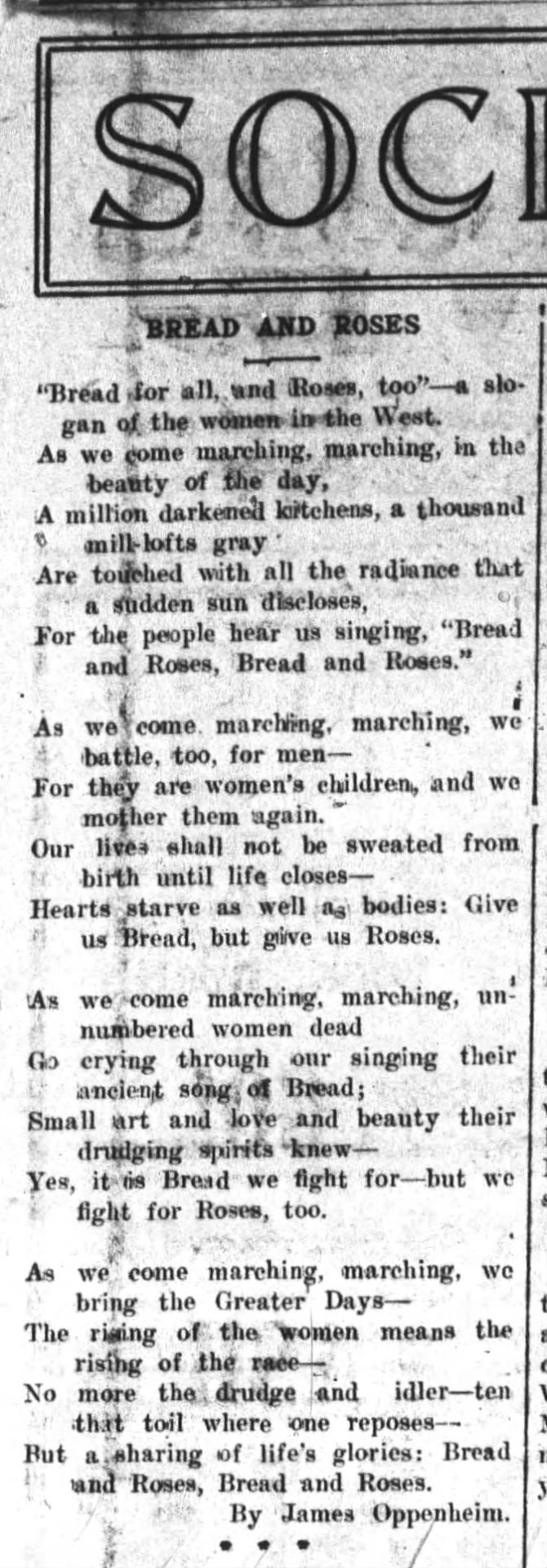
in 1912, 30,000 immigrant textile workers in Lawrence, Massachusetts, went on strike due to poor working conditions and poor pay. this strike was led by the International Workers of the World and was comprised mostly of women. the phrase "bread and roses" was all over signs and became the slogan of the strike, with it even being called the "Bread and Roses Strike". like many strikes in the USA it was absolutely brutal for the strikers, and several people died, but they were able to win some of their demands.

in 1970, the James Oppenheim poem was put to music by mimi fariña, and then covered by judy collins. my favorite cover is by Utah Phillips in 1983 , where he explains the history of the textile strike and the meaning of the slogan
Hearts starve as well as bodies; give us bread, but give us roses 🌹
#women of folk#american folk revival#folk revival#traditional folk#labor songs#union history#labor history#iww#iww history#protest folk#socialist history#feminism#womens suffrage#women's history#bread and roses#worker rights#american folk#american history#history#judy collins#utah Phillips#Youtube#song of the day
49 notes
·
View notes
Text
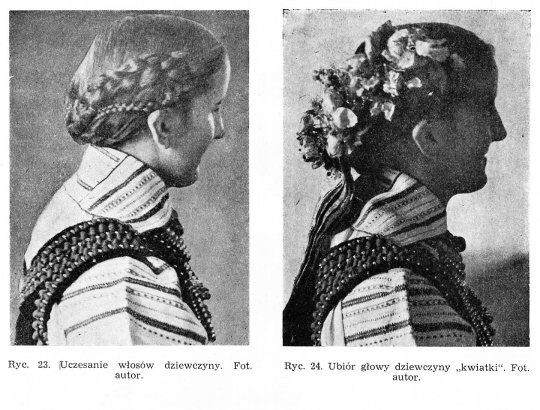
Traditional hairstyle and headdress from the region of Krzczonow, Poland.
86 notes
·
View notes
Text
11 notes
·
View notes
Text
youtube
listen to my tunes boy
19 notes
·
View notes
Text



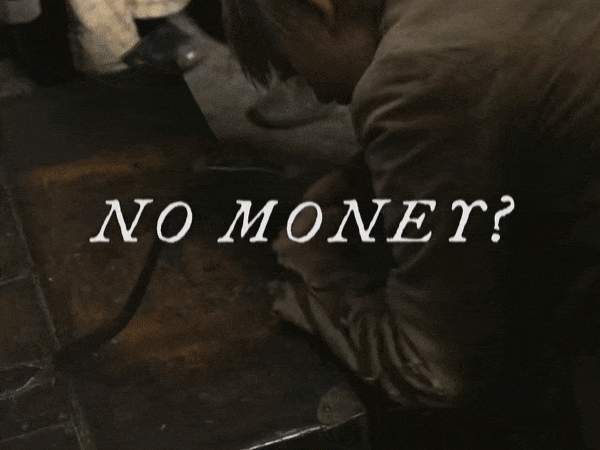




When I were in Brum, guineas only caused pain. But look at that fucker. That's total joy, that.
The Gallows Pole (2023) // What Will We Do When We Have No Money? (Traditional)
#the gallows pole#the gallows pole bbc#perioddrama#onlyperioddramas#perioddramasource#traditional folk#traditional music#lankum#18th century#my edits#my gifs#im so fucking deep in my feels about this one y'all#this scene#ugly crying.gif#pure anticapitalist joy and love#grasping happiness while we can because what the fuck else are we supposed to do#and its not gonna end well and its not gonna stop the fact that things will get worse#but what else can we do#WHAT WILL WE DO WHEN WE HAVE NO MONEY#OH TRUE LOVERS!!!!#WHAT WILL WE DO THEN??????#such an unprecedented win for the anarchist trad folk community#its what we deserve#peace and love on planet earth
43 notes
·
View notes
Text
Folksy Friday | 4 Yn Y Bar - Dacw 'Nghariad I Lawr Yn Y Berllan (Welsh)
#traditional folk#folksy friday#4 yn y bar#dacw 'nghariad i lawr yn y berllan#welsh#cymraeg#cym#celtic#indoeuropean#europe#wales#united kingdom#1986#1980s#folk#Spotify
3 notes
·
View notes
Audio
Listen/purchase: Thonar (Demo) by Annie Hurdy Gurdy
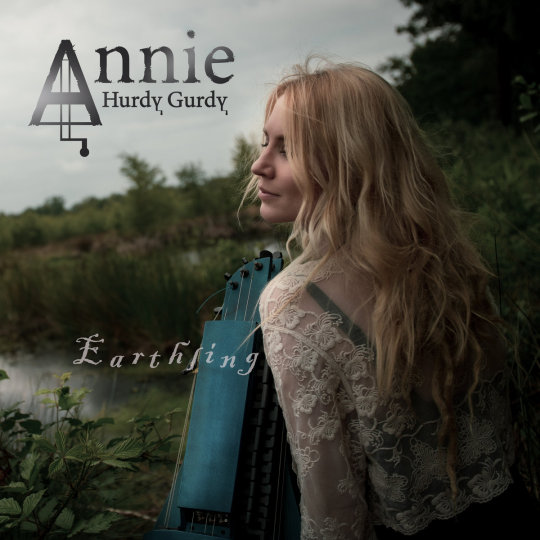
4 notes
·
View notes
Text
For the werewolf, the werewolf
Please have sympathy
For the werewolf, he is someone
So much like you and me
Once I saw him in the moonlight
When the bats, they were flying
All alone, I saw the werewolf and
The werewolf was crying
Crying, "Nobody, nobody, nobody knows
How much I love the maiden as I tear off her clothes",
Crying, "Nobody, nobody knows of my pain
When I see it is risen, that full moon again"
#music#folk#traditional folk#barry dransfield#legit what angela carters werewolf stories wish they were ngl!!!#im a carterinator but i didnt care those stories#anyway please stan him...legitimately working class folk singer#love how he says werewolf#this is also anoher case of a folk singer having exactly one picture where they slay#and actually looking disgusting in every other pic#but on this album cover i do think he served
3 notes
·
View notes
Text
#sea songs#sea shanties#maggie may#maggie mae#the focsle singers#traditional folk#folk music#dave van ronk#famously covered by#the beatles#oceancore#piratecore#sailorcore#nautical#liverpool#northern england#folk#sea shanty#age of sail#golden age of piracy
4 notes
·
View notes
Text

Spring is coming symbolically with one of the most beautiful local customs (to be sure, Bulgarians have the same custom).
Mărțișor is an old tradition celebrated all over Romania every year, on March 1st. The name Mărțișor is a diminutive of March (Martie in Romanian). On this day, Romanians buy silky red-white threads (șnur) tied into a bow to which a small trinket (or, as in this picture, Spring flowers) is attached and offer them to their (female) family members, friends and colleagues to show friendship, respect or admiration. It is believed that the person who wears the red and white string would enjoy a prosperous and healthy year. In eastern Romania ( Moldavia and Bukovina), the red and white string was complemented with a small - gold or silver - coin. After wearing the coin for twelve days, the women would buy fresh cheese with it, hoping that their skin would be healthy and beautiful the entire year.
Much like in Bulgaria, the custom is clearly very old, pre-Christian and linked to fertility cults. Mărțișor trinkets initially consisted of small river pebbles, colored in white and red, stringed on a thread and worn around the neck. They were worn, to bring good luck and good weather, from March 1 until the first trees would bloom. When the first trees were flowering the Mărțișor were hanged on tree branches.
#romania#rural romania#customs#martisor#eastern europe#traditional folk#spring#white#red#symbol#martie#march#bukovina#moldavia#good luck#luck
425 notes
·
View notes
Text
Jean Ritchie, The Mother of Folk

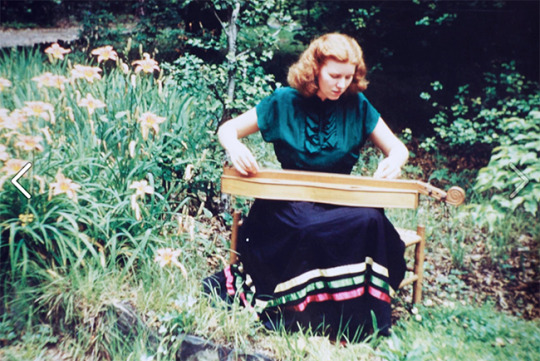








#jean ritchie#photos#gif#aesthetic#gifset#60s folk#50s#60s icons#traditional folk#appalachain folk#appalachain gothic#southern folk#southern aesthetic#holler#women of folk#60s music#dulcimer#cottagecore#folk#americana#bluegrass#country#rural#rural aesthetic#american folk#i colorized some of these :3
39 notes
·
View notes
Text
youtube
1 note
·
View note
Text
5 notes
·
View notes
Text
Honey in the Hair - Blackbird Raum
4 notes
·
View notes